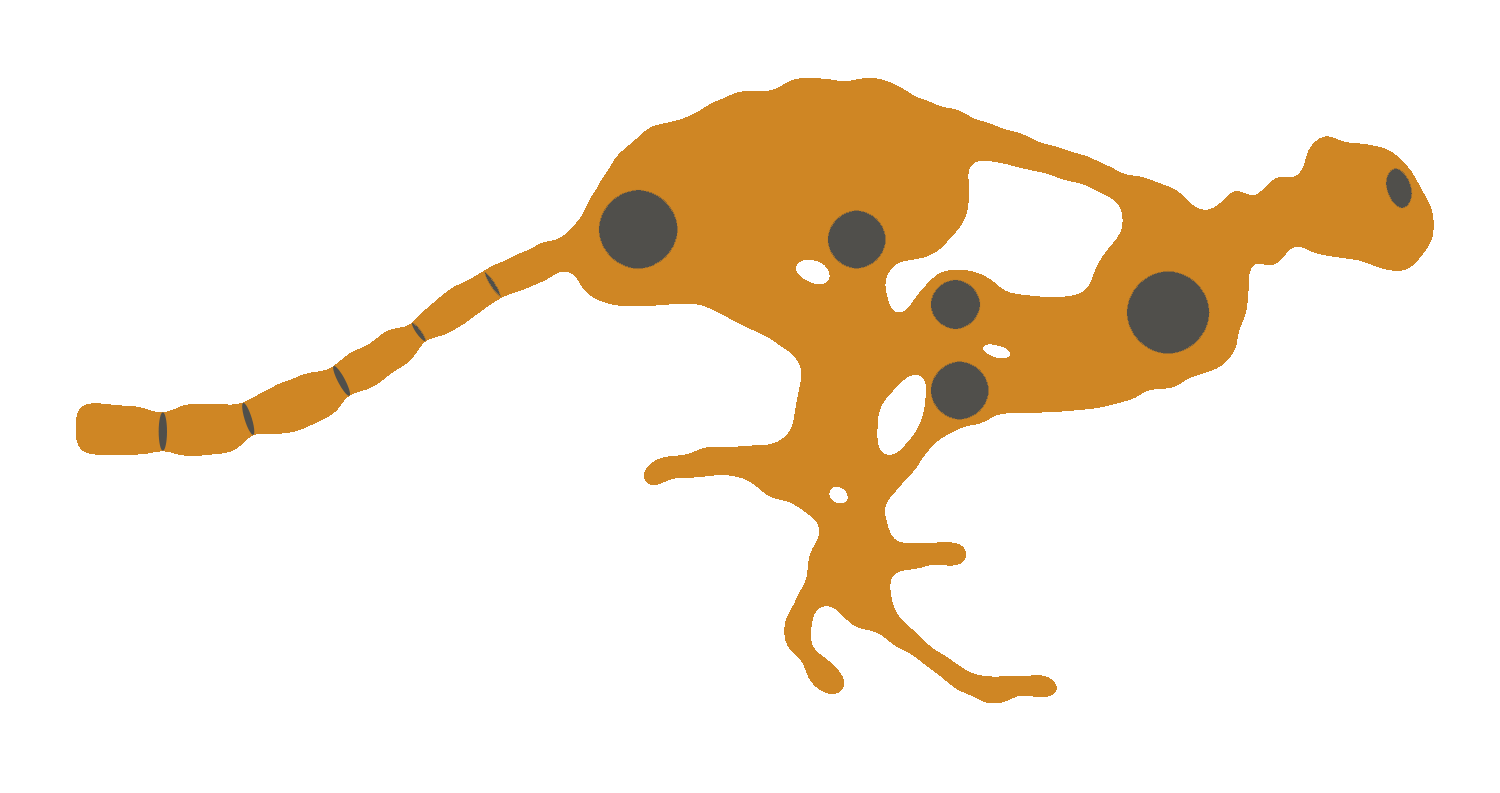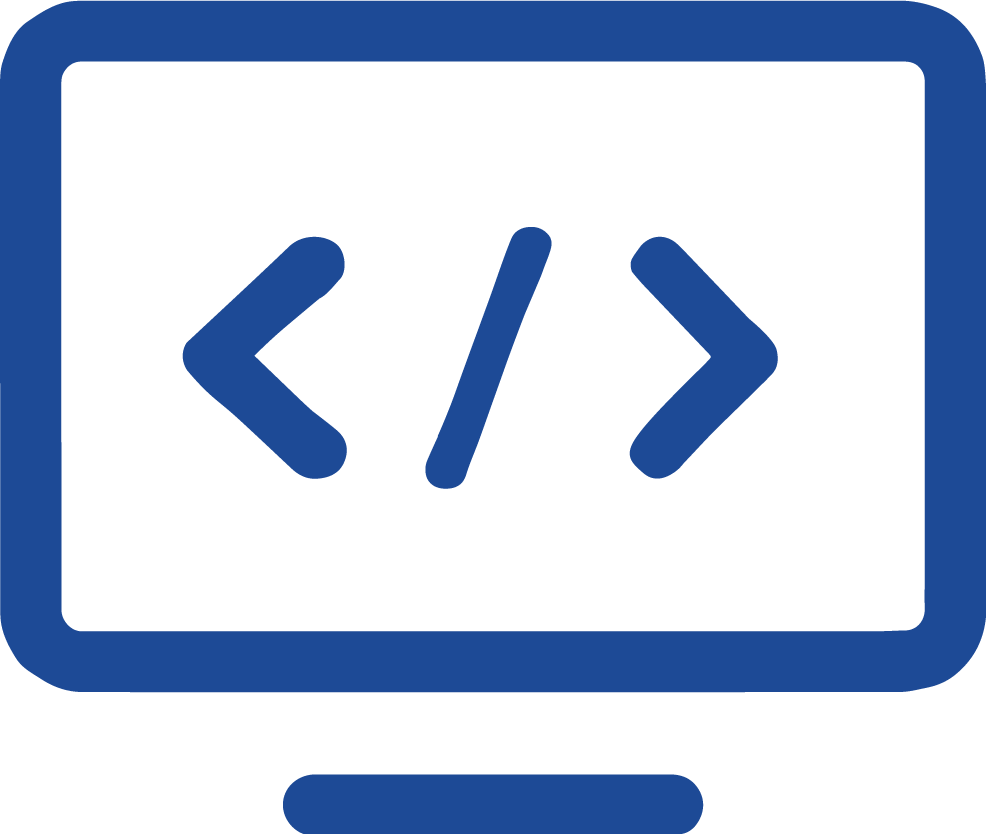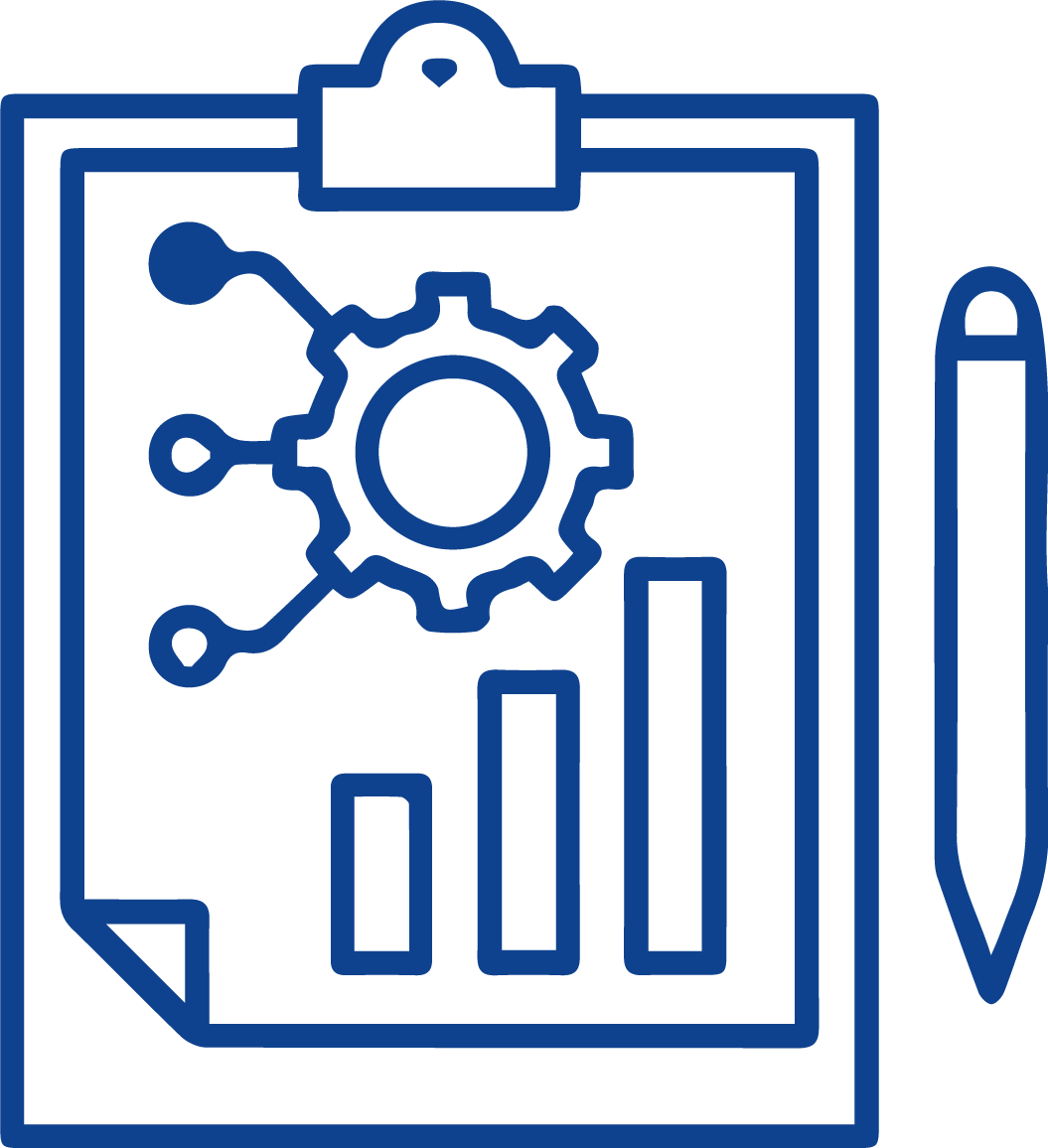Use case

Trajectory optimization
The Biomimetic Robotics Lab at the Massachusetts Institute of Technology (MIT) has been using Artelys Knitro for real-time control of their legged robots: the MIT Mini Cheetah and the MIT Humanoid. Trajectory optimization is an essential process for real-time control of the legged robots. Optimal control for legged systems is a challenging problem that must contend with nonlinear, hybrid dynamics and complicated, high degree-of-freedom kinematics. In the case of the Mini Cheetah, this optimization process is used to plan complicated motions such as jumps, aerial spins, back flips, and barrel rolls.
The ability to perform these motions greatly expands the range of environments the robot is capable of traversing, which is crucial as these robots are meant to be deployed operationally. Since incorporating Artelys Knitro into the software, the lab has been able to implement a number of new, real-time controllers on their robots using nonlinear optimization. Even after testing other state-of-the-art nonlinear optimization solvers, Artelys Knitro was the only one capable of performing fast enough to be deployed onboard their robot.
Model-predictive controllers
For the Mini Cheetah, a nonlinear model predictive controller (MPC) was implemented for landing. The optimization was formulated with complementarity constraints, which make the nonlinear program (NLP) challenging for many solvers, but Artelys Knitro was able to find solutions at roughly 5-10 Hz (i.e., between 5 and 10 problems are solved every second). The team used a nonlinear trajectory optimization including contact complementary constraints to find optimal landing postures. Because real-time performance is so important in the short duration of a fall, Artelys Knitro was used over other solvers for its speed and reliable convergence.
For the MIT Humanoid, a nonlinear predictive controller was implemented that leverages the MIT Humanoid’s arms to improve balance and locomotion. The complex nonlinear optimization can solve complex arm motions in response to large disturbances. Artelys Knitro solved these motions at 40 Hz and helped demonstrate successful landings in both simulation and hardware.
Start with a tutorial!
You’re not familiar with nonlinear optimization? This tutorial will present some examples of nonlinear problems for various applications. You will discover nonlinear programming methods using the Artelys Knitro solver in a Python notebook, through different examples.
Free trial
Get your trial license to test Artelys Knitro’s performances on your own mathematical optimization problem. The trial package includes free support and maintenance. You can have access to Artelys Knitro for free with a 1-month unlimited version or a 6-month limited version.
Artelys Knitro has unmatched performance

Best Nonlinear Solver
Artelys Knitro has been ranked every year by public benchmarks consistently showing Artelys Knitro finds both feasible and proven optimal solutions faster than competing solvers.

Technical support
The Artelys technical support team comprises Artelys’consultants (PhD-level) who are used to solving the most difficult problems and deploying enterprise-wide optimization solutions. They can advise on algorithmic or software features that may result in enhanced performance in your usage of Artelys Knitro.

Updates and new features
The development team works continuously to provide two releases of Artelys Knitro every year. Based on feedback, we always improve our solver to meet users’ requirements and need to solve larger models faster.
© ARTELYS • All rights reserved • Legal mentions